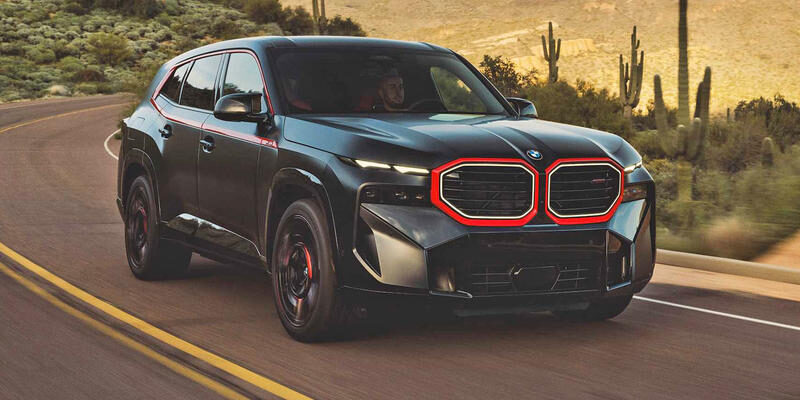BMW has never been afraid to push the envelope and elicit both good and negative responses in the realm of automobile design. The Bavarian carmaker has produced cars throughout the years that, for better or worse, have sparked intense discussions, upended norms, and created enduring memories. Come along as we examine the most contentious BMWs ever produced—vehicles that have dared to be unique and provoked conversations that go beyond the interests of simple auto fans.
Accepting the Non-Traditional
BMW has espoused an innovative and audacious mindset since its founding. While some of the most recognizable and beloved automobiles in automotive history have resulted from this methodology, it has also given rise to designs that have divided views and questioned conventional ideas of what makes a beautiful car.
A classic example of a contentious BMW is the 2001-introduced E65 7 Series. Its avant-garde flair, which included the famed “Bangle Butt” and unorthodox design cues, infuriated both enthusiasts and purists. Nonetheless, BMW was able to experiment with new design languages and expand the concept of what a luxury car might be because of this audacious break from tradition.
Challenging the Future, Splitting Views
BMW has made significant changes to its business model in response to the global move towards electrification and sustainability. The 2013 release of the i3, a car that broke with traditions with its futuristic look, marked a significant milestone in the field of electric automobiles. Some applauded its progressive attitude, while others felt that its unusual interior and offbeat aesthetics were startling.
The high-performance plug-in hybrid SUV that BMW just debuted, the XM, has already caused a great deal of debate. The XM has sparked arguments among aficionados with its commanding posture, audacious style, and contentious design aspects; some have hailed it as a daring masterpiece, while others have called it an ugly.
Defining New Segments and Upending Conventions
Beyond design, BMW has a habit of breaking convention. The business has debuted cars that have completely remade market niches, often igniting contentious debates on their placement and intended use.
The 2008 release of the X6 marked the revolutionary combination of a coupe and an SUV, a notion that many were first perplexed by. But this audacious decision opened the door for a brand-new generation of “coupe-SUVs,” creating a market niche that has since been adopted by other manufacturers.
When the 5 Series Gran Turismo was unveiled in 2009, it defied classification by combining aspects of an SUV, a hatchback, and a sedan into one cohesive unit. Some complimented its utility and adaptability, but others felt that its odd design components and unusual profile went too far from BMW’s established designing philosophy.
Concluding Remarks: Pushing Limits, Sparking Discussions
BMW has consistently shown that it is committed to innovation, even if it means provoking controversy, throughout its history. From bold design decisions to cars that redefine whole segments, the carmaker has continuously broken with norms and generated discussions that go far beyond the automotive industry.
Even while some of these contentious BMWs may have originally caused controversy, they have surely had a lasting impact on the market and opened the door for further advancements. BMW is expected to be at the vanguard of this evolving automotive market, pushing the envelope and sparking conversations that will influence mobility in the future.



